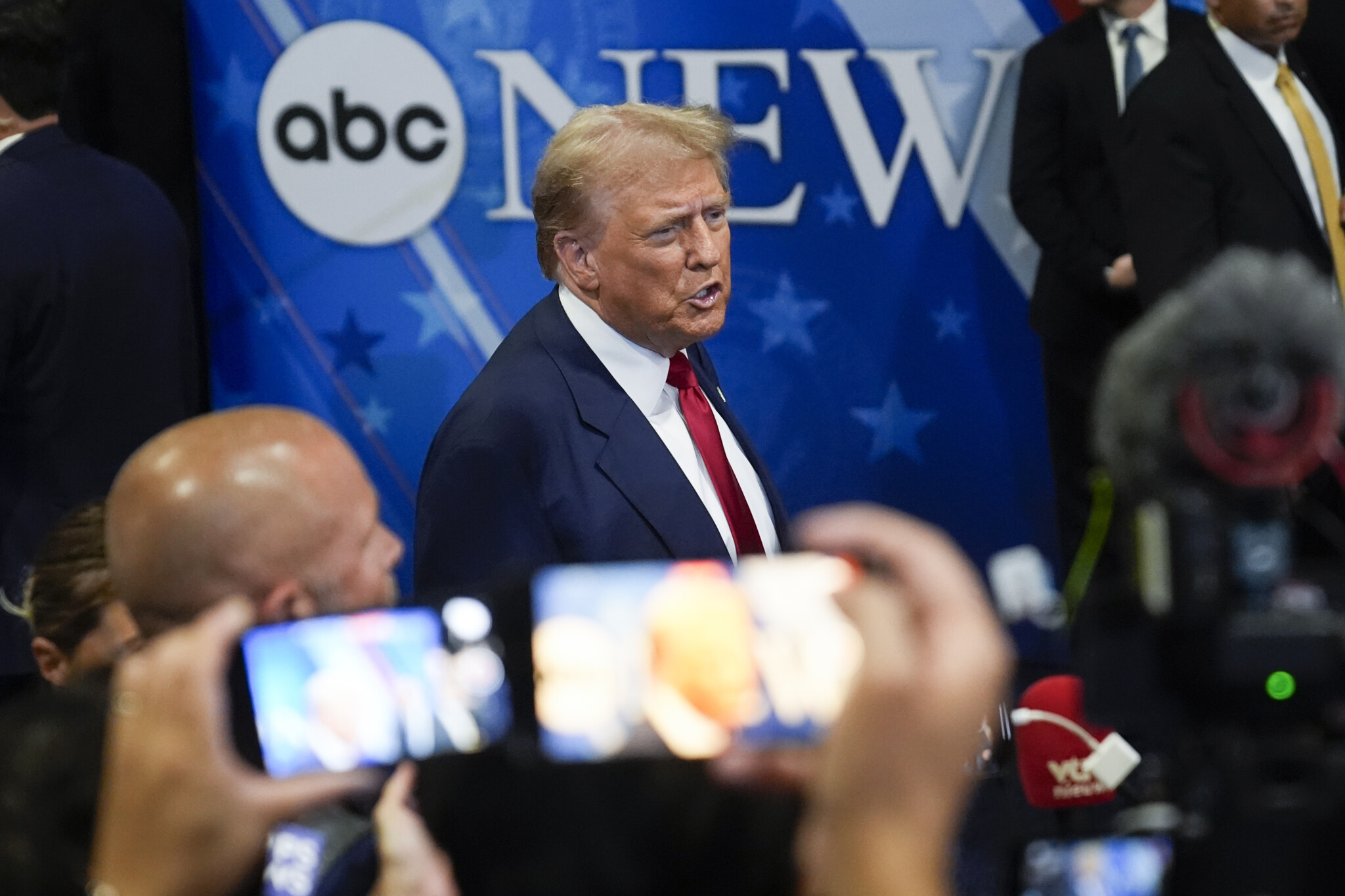In The Weekly Wrap Sean Speer, our editor-at-large, analyses for Hub subscribers the big stories shaping politics, policy, and the economy in the week that was. This week’s edition covers the biggest takeaway from the biggest story of this past week.
In the 2011 Canadian federal election campaign, the Conservative Party released its policy platform at a major event in Mississauga. Journalists were invited to attend a lock-up briefing where they could review the materials about two hours before they were made public. More than 50 of them attended.
In 2015, the party organized a similar private briefing at the platform launch in Vancouver. Fewer than 20 reporters were there.
The marked drop-off in numbers in just four years was in hindsight a sign of the growing decline of the legacy media. Yet as someone who was part of those campaigns, our thinking was rooted in the assumption that legacy journalists and outlets were still an essential part of the civic landscape. They were responsible for mediating our politics on behalf of Canadians.
Fast forward nearly ten years to this week’s U.S. presidential election. One of its biggest stories is the demise of the traditional news media. Its role in the campaign has never been more insignificant.
After spending years of negative reporting on Donald Trump, it had no effect. People voted for him in spite of it—or perhaps even because of it.
For all of the acrimony within the Washington Post over whether to endorse Kamala Harris or the nightly television panels about how Trump was a threat to democracy, people didn’t care. They had tuned them out. They’re getting their news and information from different sources.









